The original NSX was Honda’s take on the Ferrari 328 (and subsequently the 348). The Japanese marque reckoned it could beat the Italians at their own game – making a more reliable, more practical and faster supercar for less money.
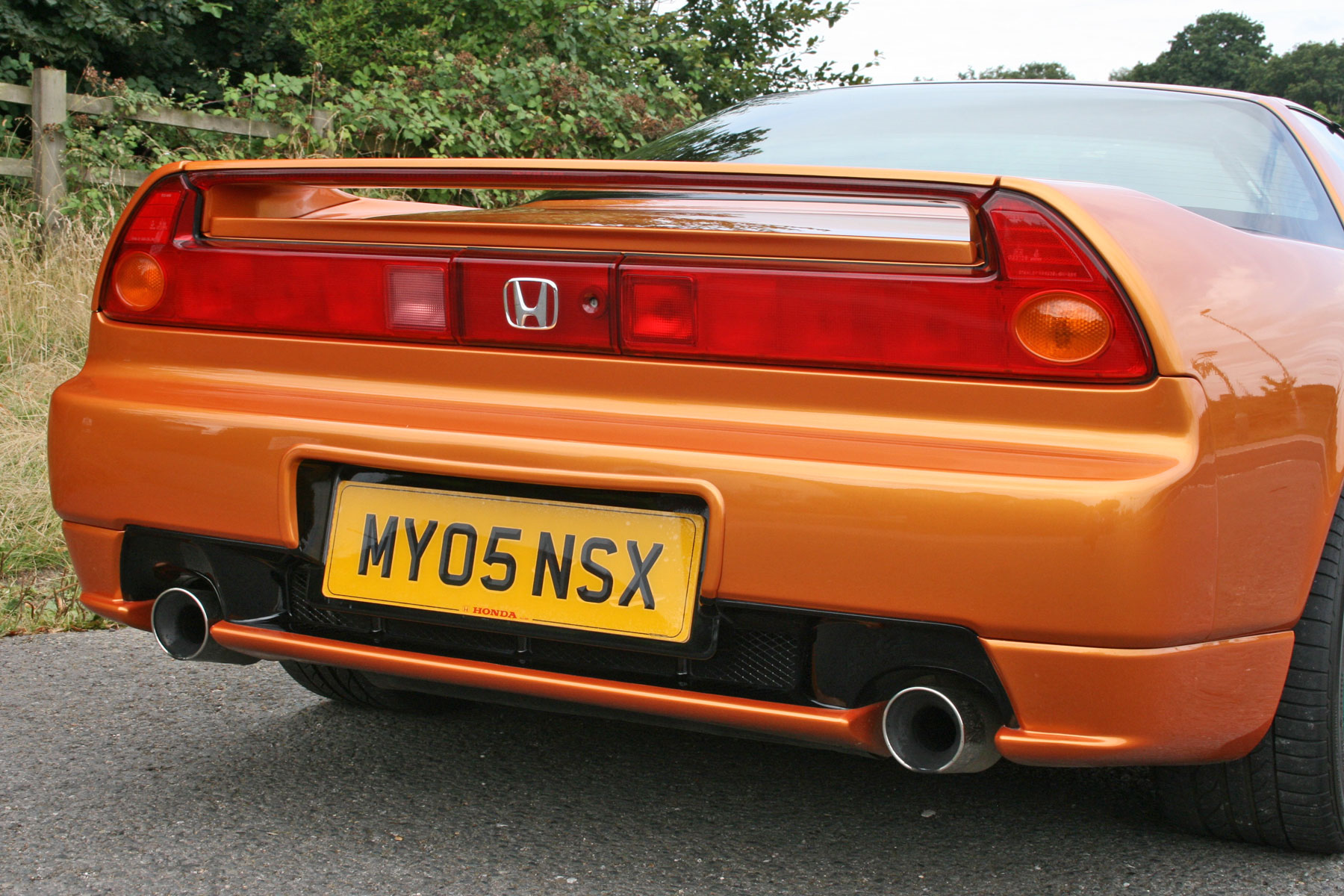
The NSX (New Sportscar eXperimental) was launched at the 1989 Chicago Auto Show and went on sale in Britain in early 1991. It featured an ultra-stiff and lightweight aluminium chassis, plus a chassis tuned by F1 ace Ayrton Senna.
What are its rivals?
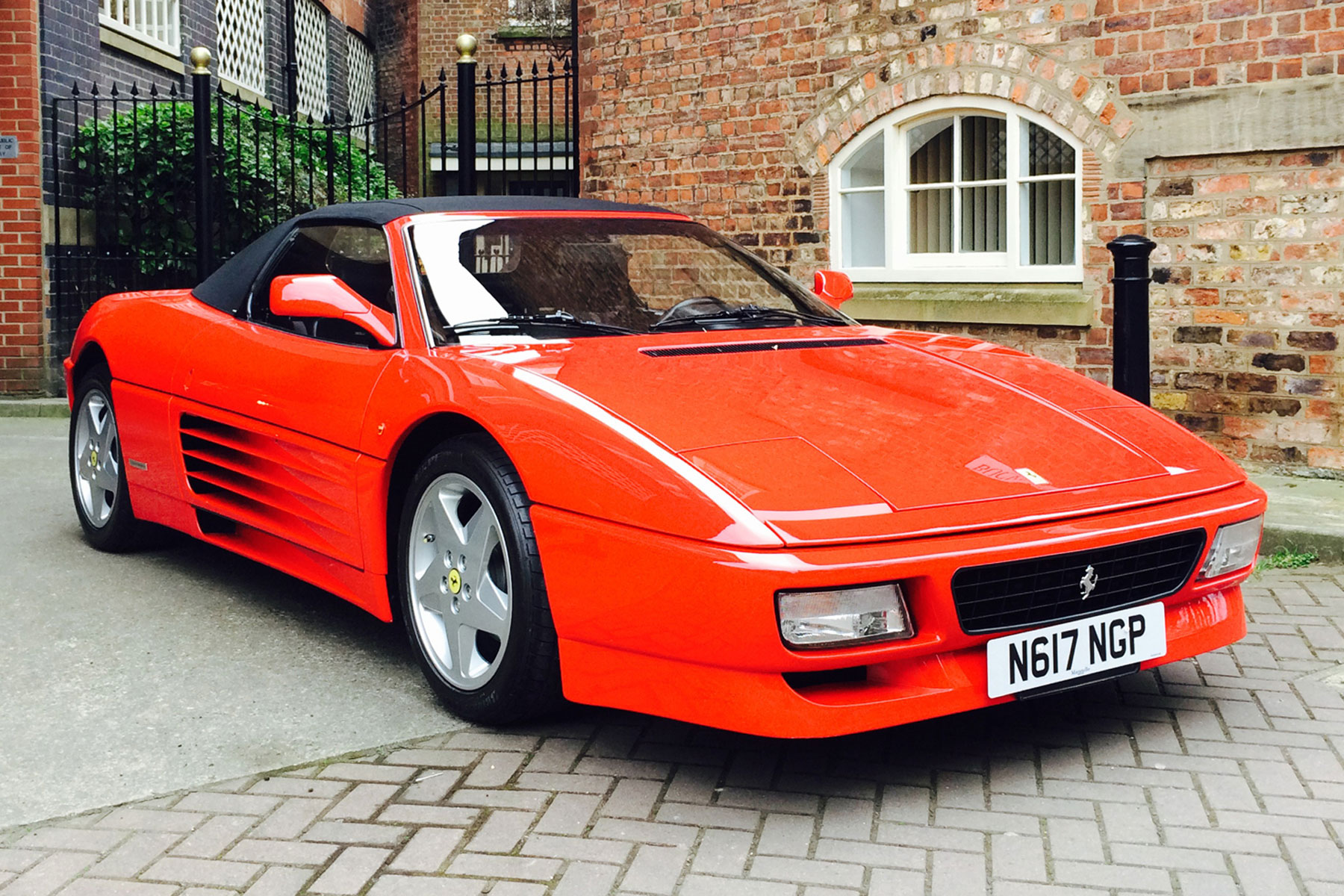
As well as being a Japanese alternative to the Ferrari 348, the NSX also took on the ever-popular Porsche 911.
It sold in much smaller numbers than the Porsche (and even the Ferrari), so there are fewer examples of the NSX in the classifieds today.
Which engines does it use?
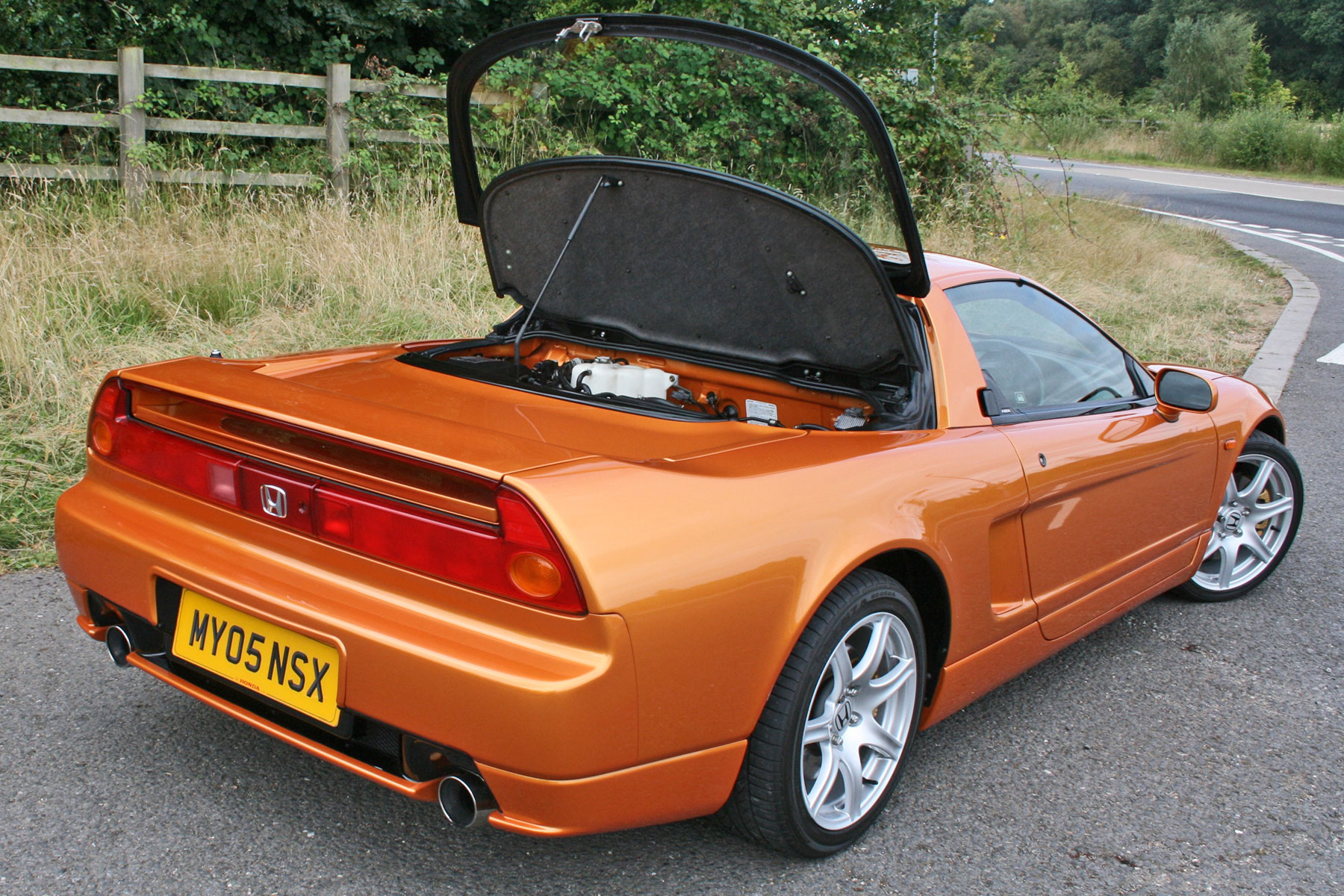
Initially, the Honda NSX was powered by a 3.0-litre quad-cam 24-valve V6 with VTEC variable valve timing. But later models, such as the one tested here, saw displacement increased to 3.2 litres.
When this change was made in 1997, power increased to 280hp and a new six-speed manual gearbox was introduced. The NSX 3.2 could hit 62mph in 5.7 seconds and a top speed of 168mph.
The lesser 3.0-litre engine was still available, but only with a four-speed automatic transmission. Obviously, the manual ‘box is vastly preferable in a car of this type.
What’s it like to drive?
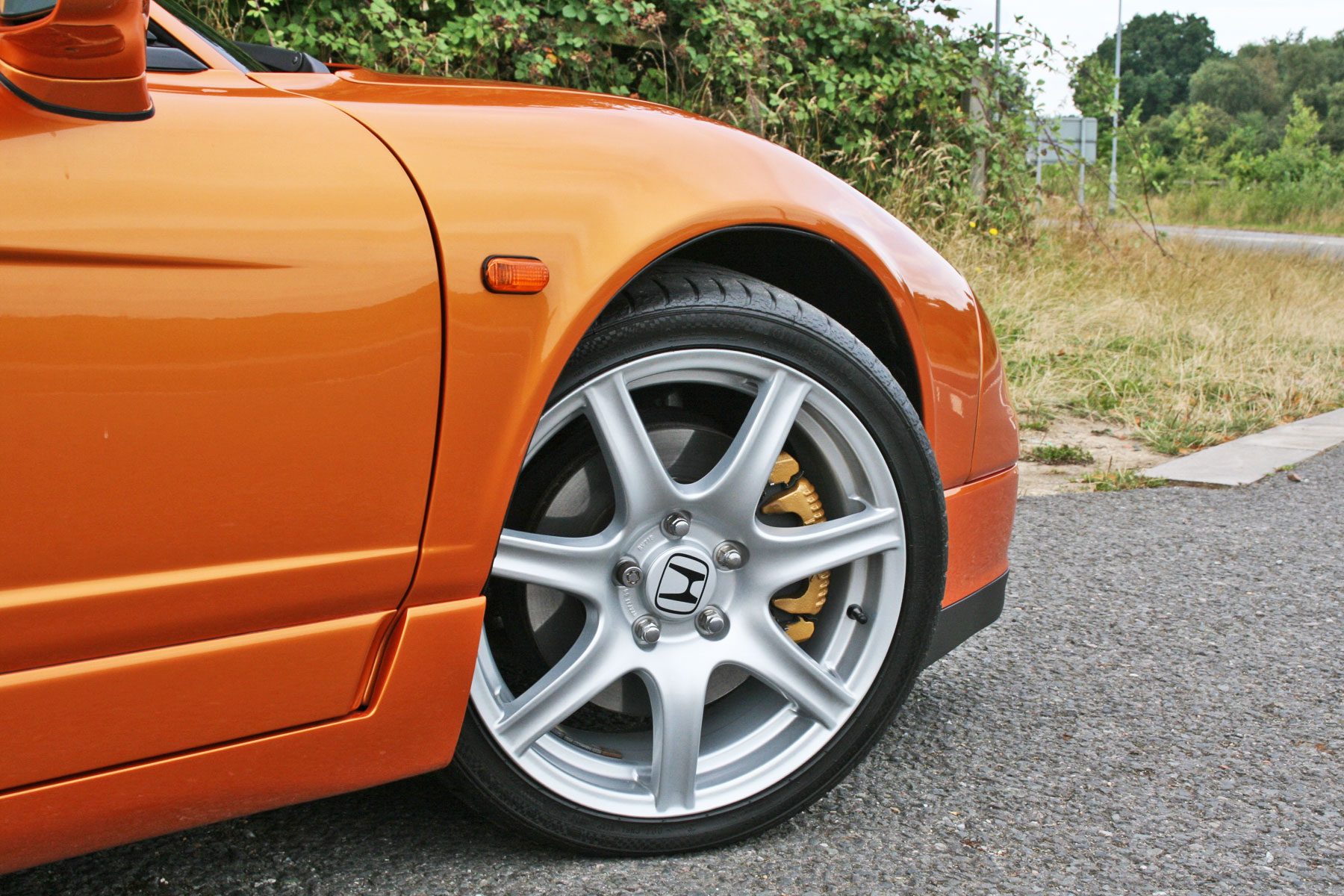
To someone more used to modern supercars, the NSX is nothing short of incredible. It feels like a supercar should – hailing from a time when emissions and safety regulations were less stringent.
The wailing V6 is out of this world. You reach the redline at 8,000rpm, but before you get there the VTEC variable valve timing kicks in and you surge down the road in a far more satisfying way than a turbocharged engine could ever manage.
The steering, with its variable power assistance, is incredibly precise. It’s such a satisfying car to drive quickly, with every inch of grip being transmitted through your fingers. You can’t forget this is a mid-engined supercar, which will surely bite if you push beyond its (and your) limits. Yet it’s also surprisingly easy to drive.
Reliability and running costs
This was the NSX’s trump card when it was new – and it’s still the case today. It should be fairly bulletproof, certainly by supercar standards, while servicing won’t break the bank either. You might want to budget for rear tyres, however – they only tend to only last for 6,000 miles or so.
Officially, Honda quotes NSX fuel economy at 22mpg. But venture into the VTEC zone and you’ll be visiting petrol stations just as often as you would in a Ferrari.
Could I drive it every day?
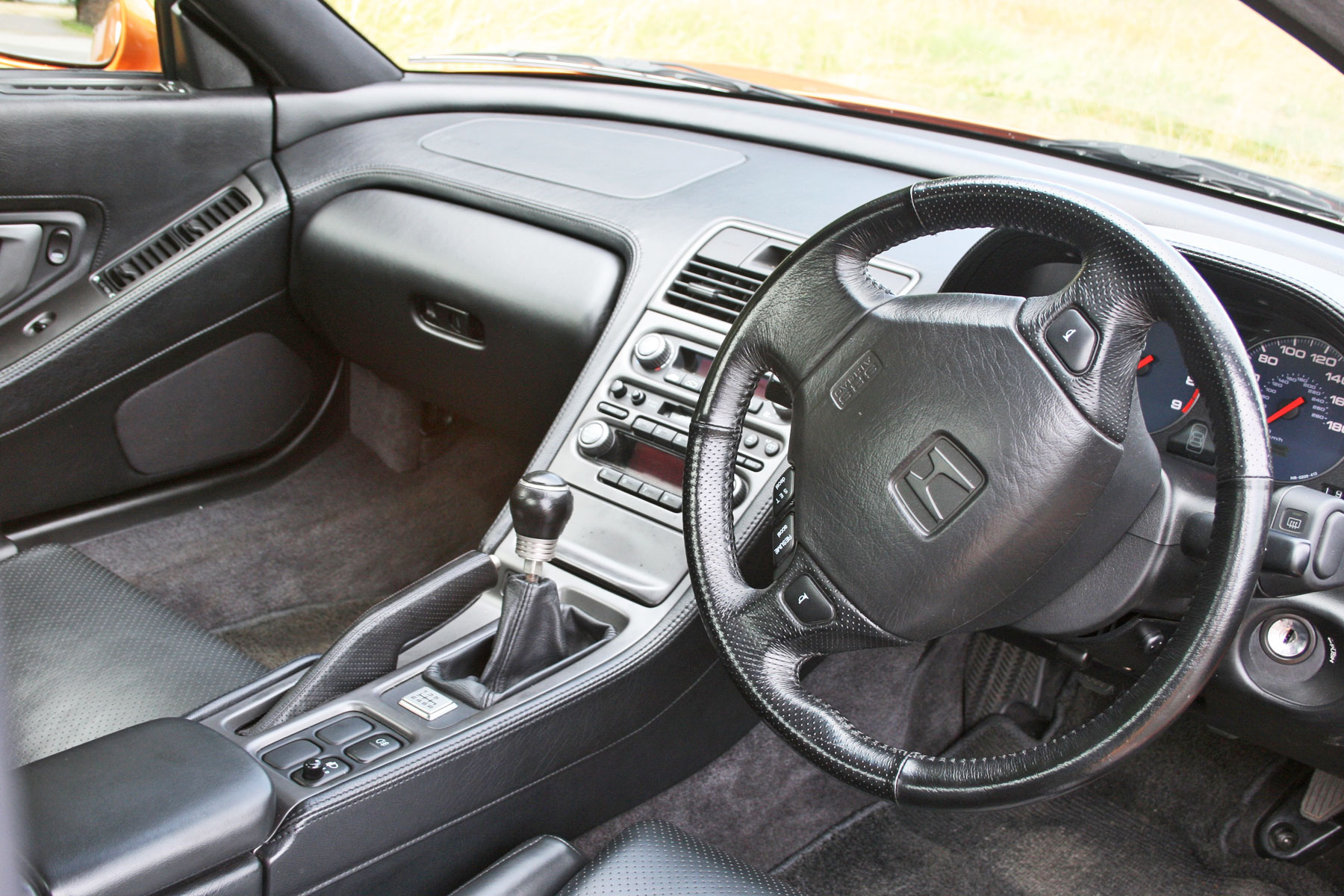
While you’d be mad to run a Ferrari of this era as a daily-driver, the Honda NSX is a slightly more sensible proposition. The interior, while on the bland side, is hard-wearing, and it feels like you could cover longer journeys in comfort.
But – and we often trot out this caveat in the Retro Road Test – it would be a shame to use an NSX every day. It didn’t sell in huge numbers when it was new (people weren’t prepared to stump up the high asking price for a Honda) and it’s even rarer today.
Even the latest, facelift models (such as the car tested here) are nearly 20 years old – and difficult to find today. If you buy one, perhaps get a Honda Jazz for daily duties – the NSX will feel even more special at weekends.
How much should I pay?
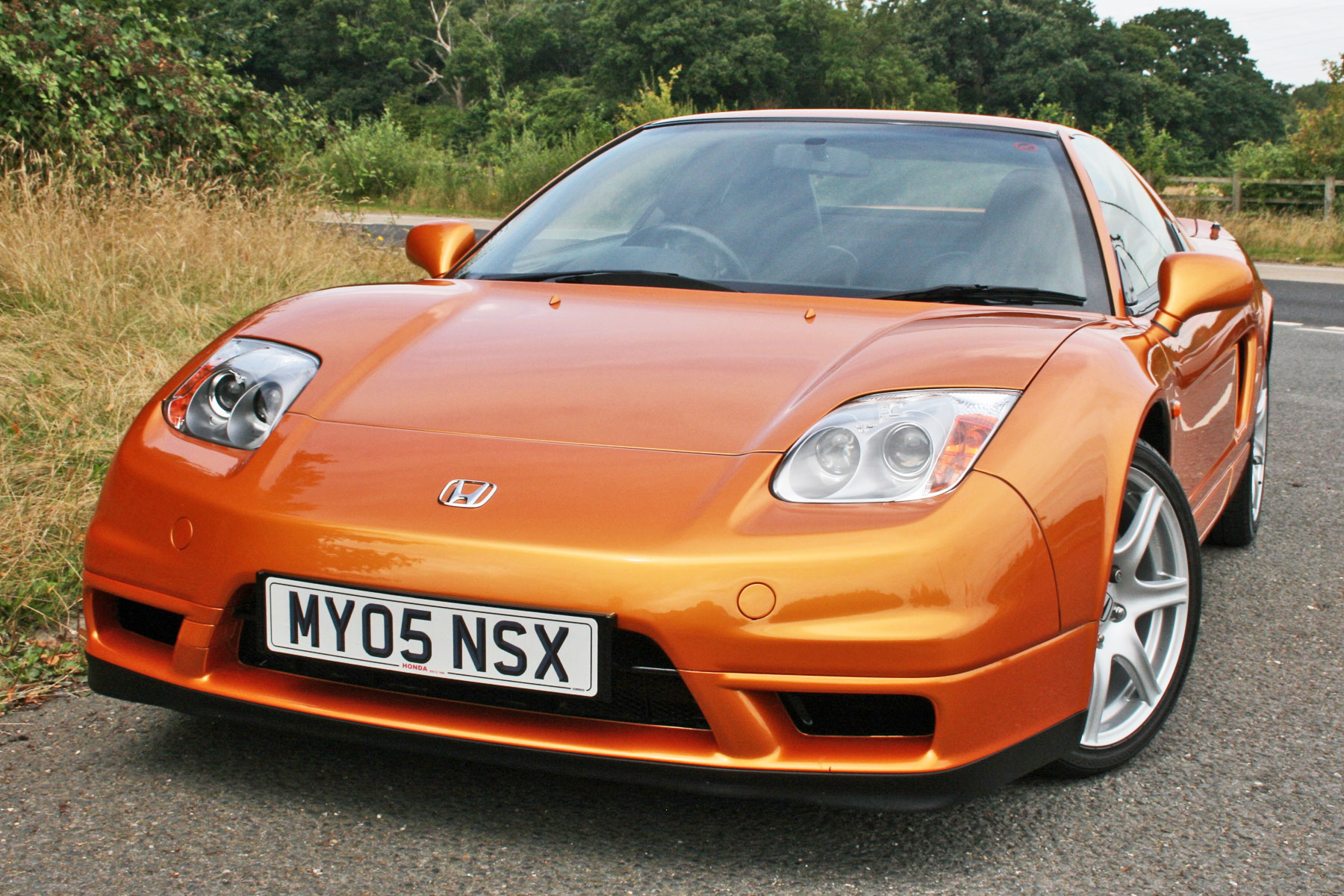
You’ll need a budget close to six figures for a really nice original NSX, so it’s no longer the bargain supercar it was. Rave reviews and increasing cult status have seen to that.
Yes, there are faster, newer alternatives out there, but there’s very little – at any price – that feels so special to drive. Stretch your budget for a good one and it should be a good investment.
What should I look out for?
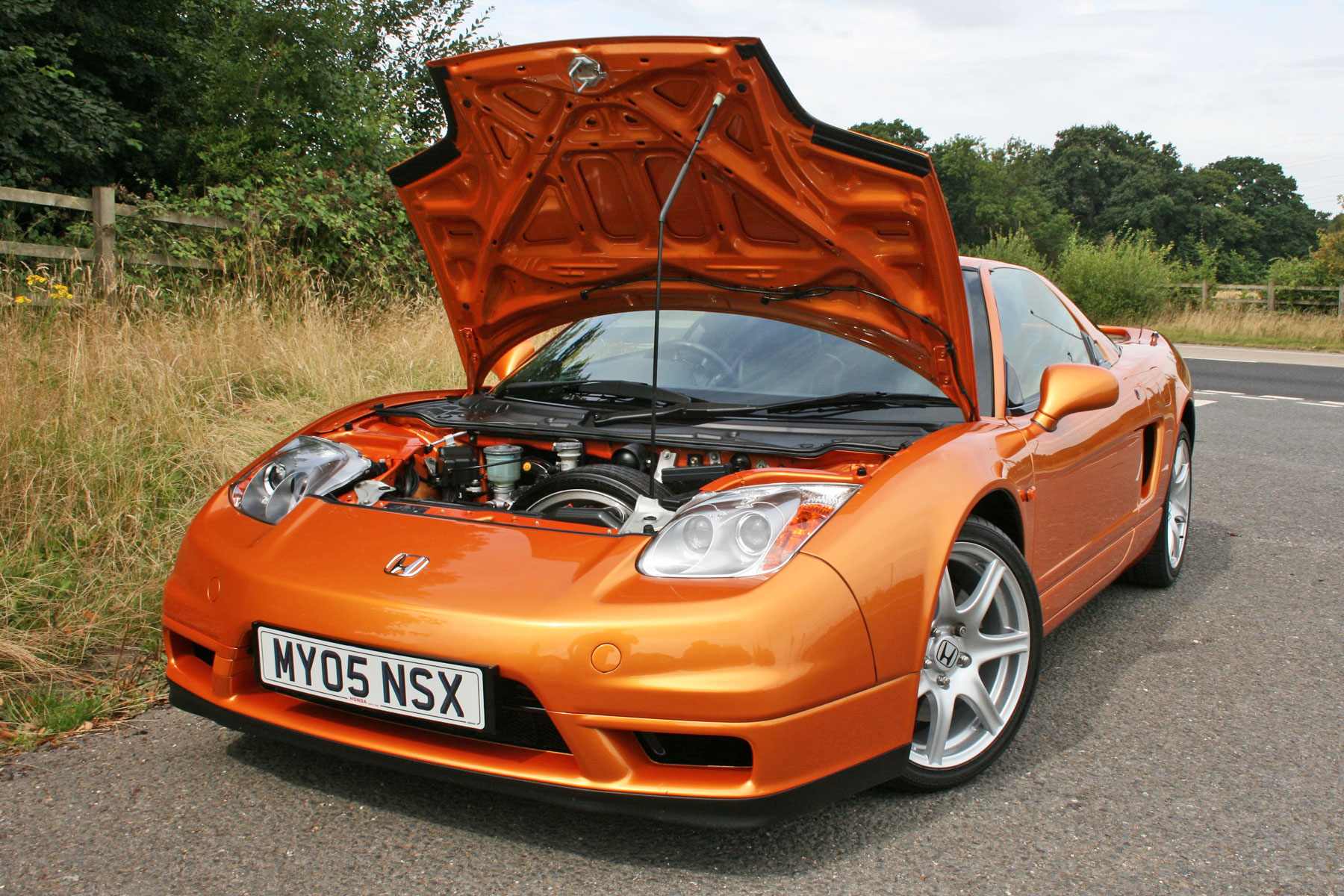
While the NSX is fairly robust, consumables can be costly, so try to find one that’s already had work done. Cambelts need to be replaced every eight years or 72,000 miles, while a new clutch will be an expensive job.
It’s also worth looking for signs of crash damage, of course – check the panel gaps and paint finish. And the more service history a car comes with, the better.
Should I buy one?
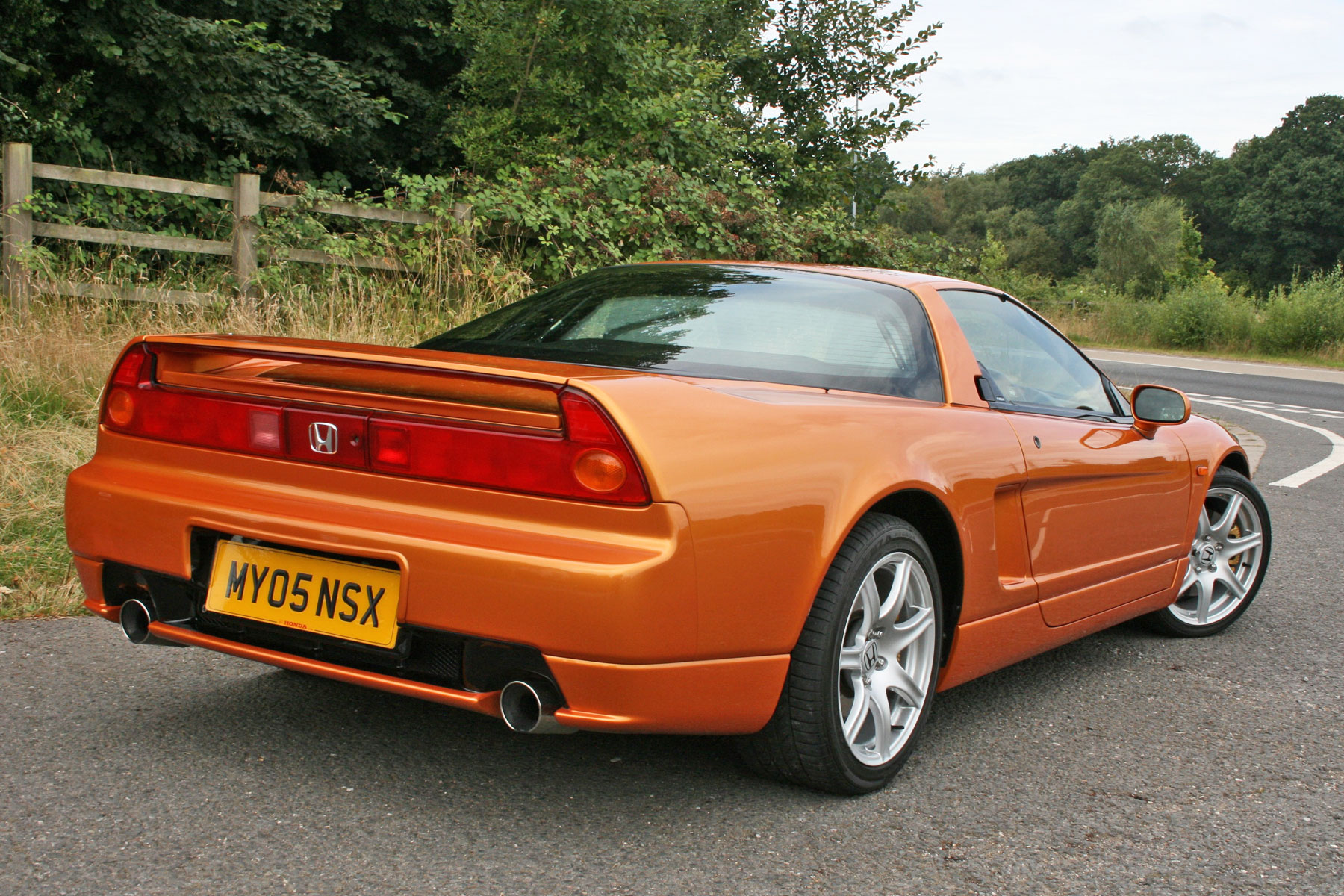
Yes. We loved the late-facelift NSX seen here, and values have been on the rise. That said, many find older examples, with their pop-up headlights, more appealing. Go for whichever floats your boat – but we would definitely avoid the automatic gearbox. The manual is really slick and much more desirable.
The NSX should be a fairly easy car to run. And if you buy a good one, you’re not going to lose money on it.
Pub fact

Ayrton Senna’s involvement with the NSX came about when a team of engineers were out testing their new supercar at Suzuka in Japan. The F1 champion was there with McLaren, which used Honda engines at the time, and was encouraged to take the car out for a few laps. He did, and despite Honda making the NSX as stiff as rivals, Senna reported that it was too soft.
Engineers went back to the drawing board, made the NSX 50 percent stiffer and tweaked the chassis to make it better to drive – something they continued to do throughout the car’s production life.
ALSO READ:
1997 Honda Integra Type R review: Retro Road Test


